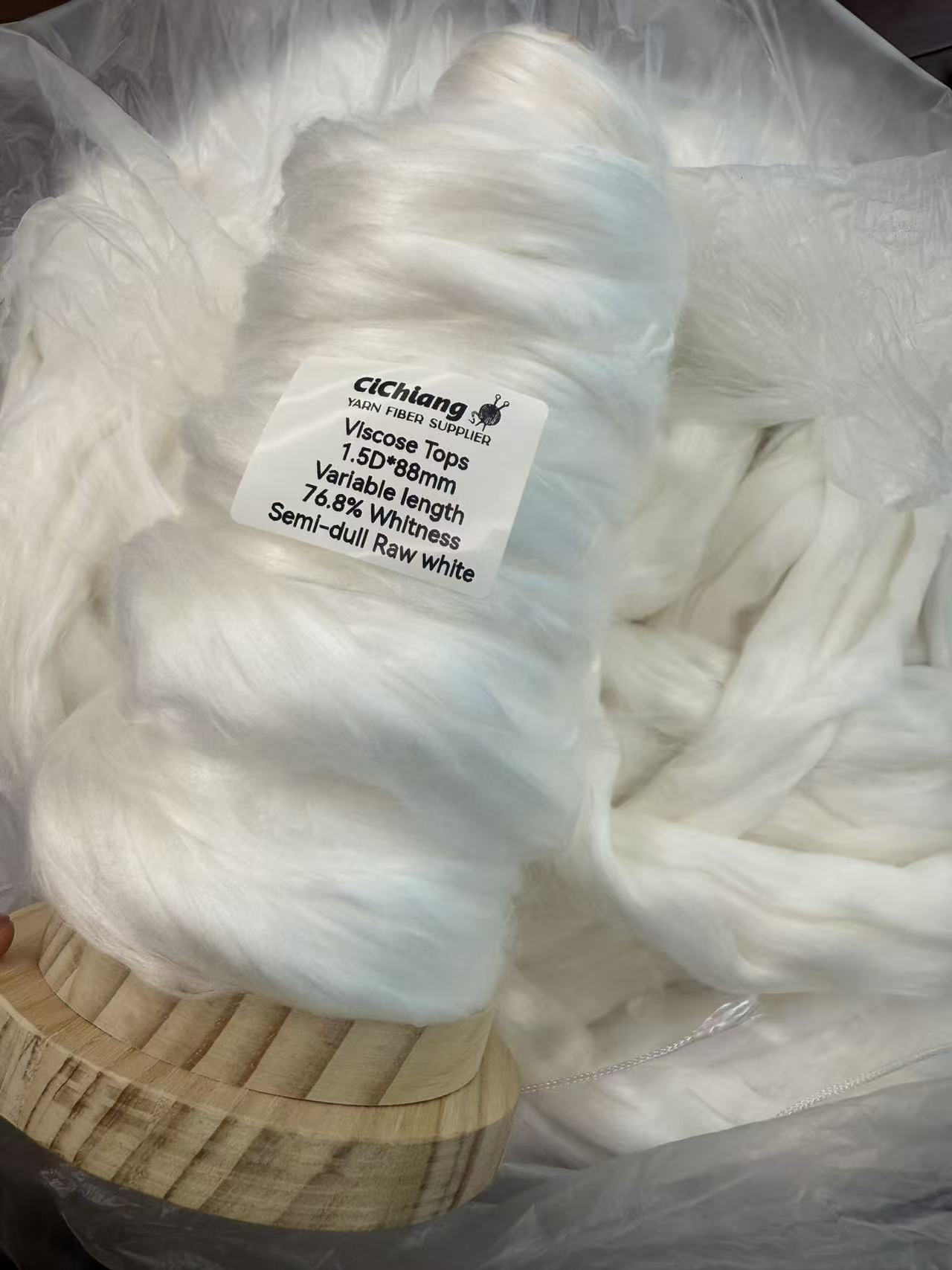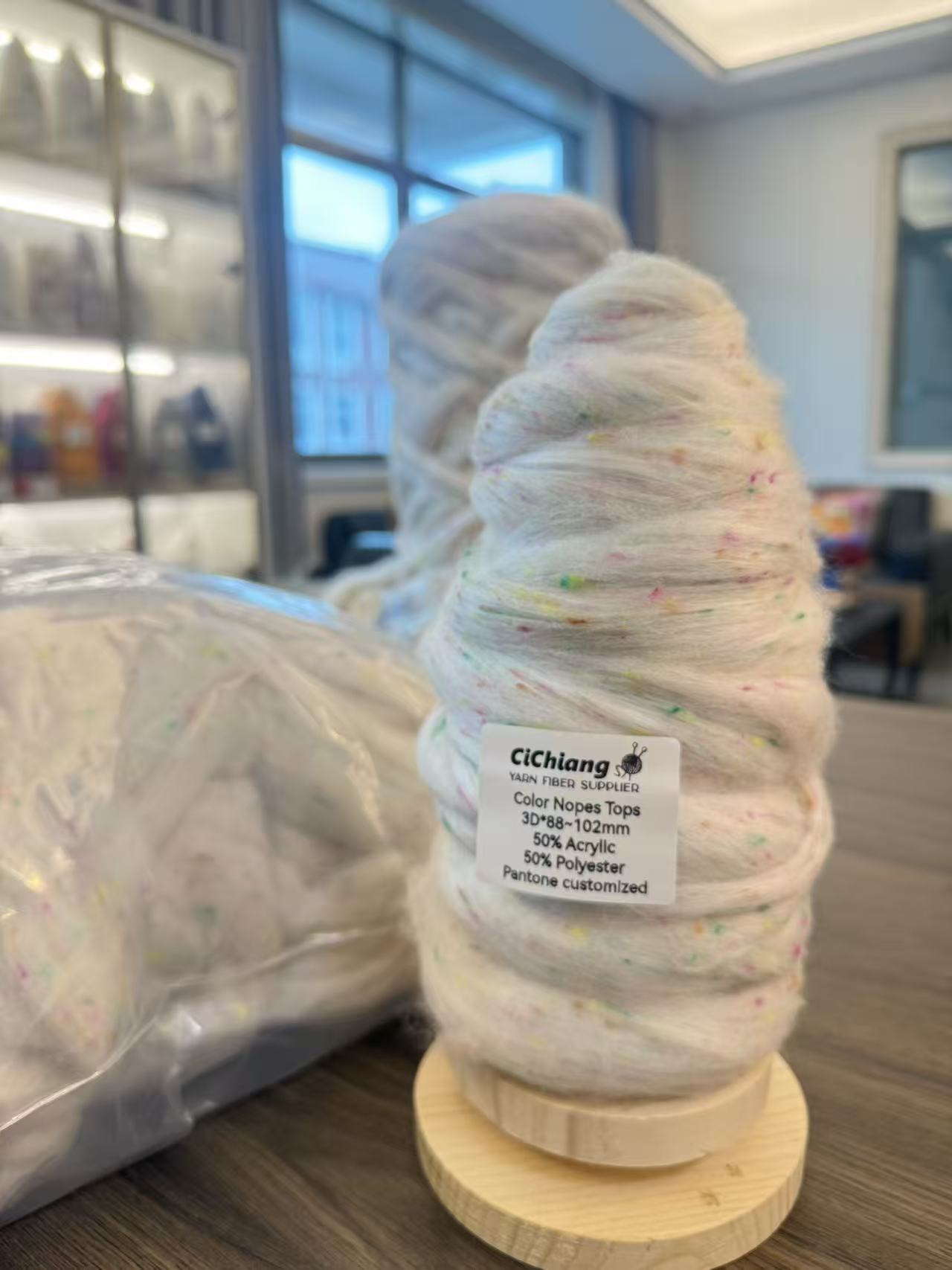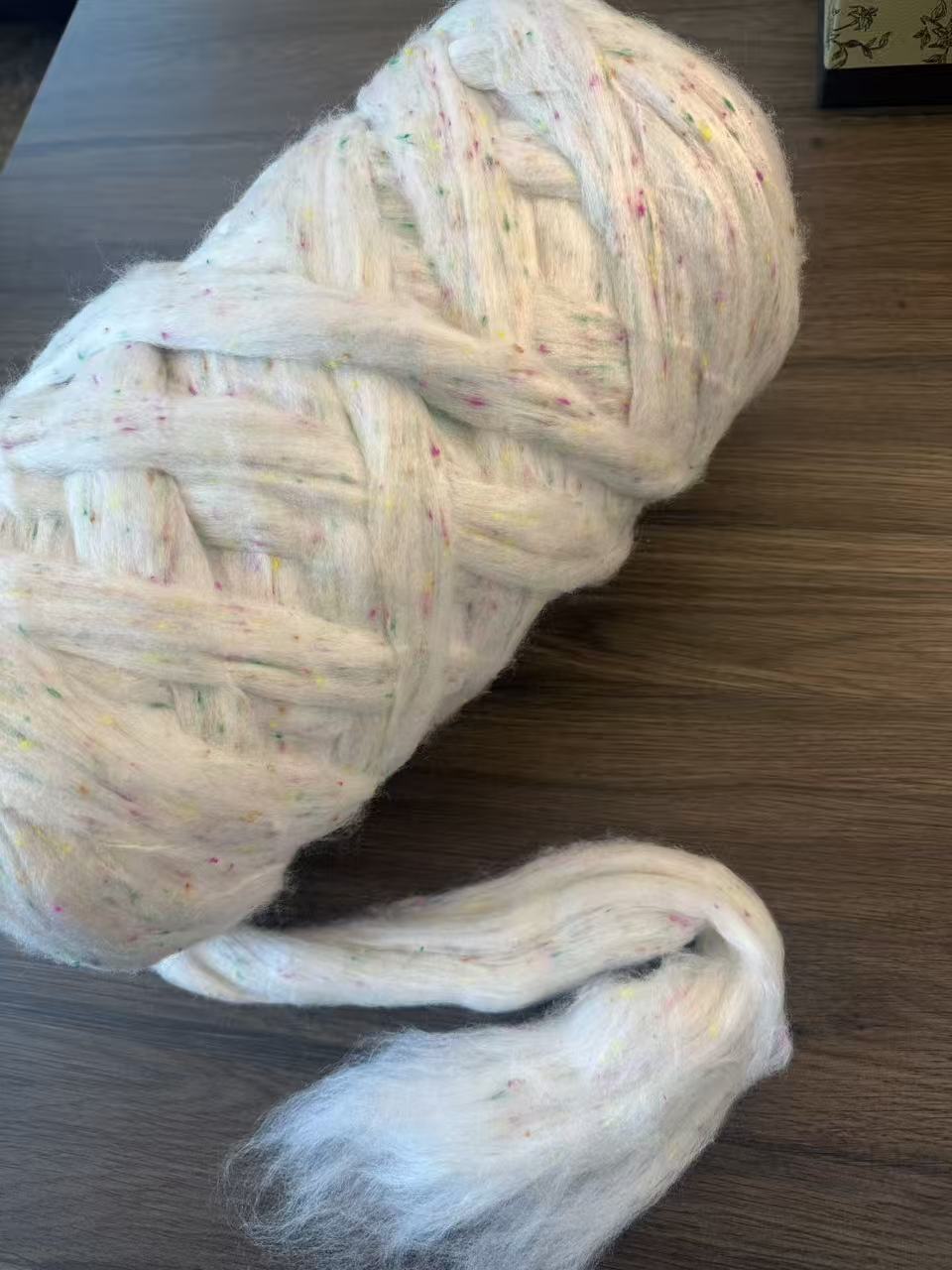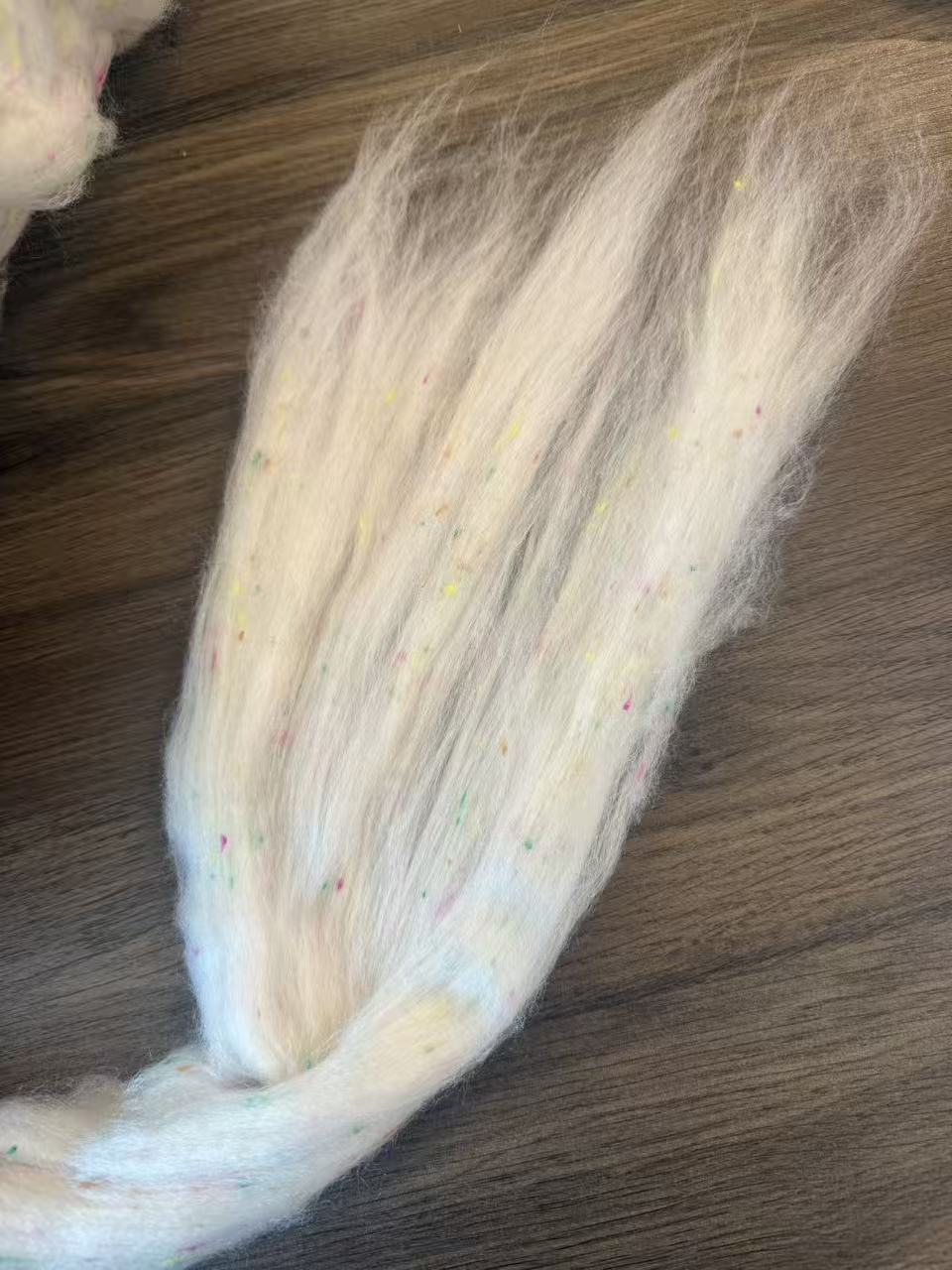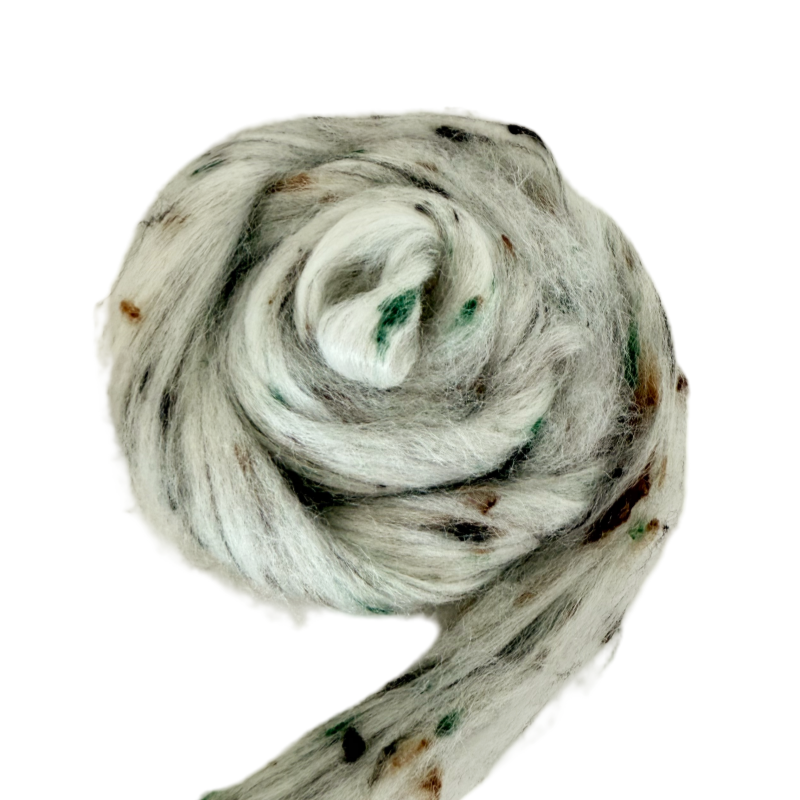The Science Behind Dissolvable Textiles: An Introduction to Water-Soluble Fiber
In the evolving world of textile engineering, new innovations are constantly redefining what is possible. One of the most groundbreaking advancements is the development of water-soluble fiber, a material designed to dissolve under specific conditions, primarily in water. This unique characteristic is not an end in itself but a means to create incredibly sophisticated and high-performance textiles. By acting as a temporary structural support during manufacturing, these fibers enable the production of ultra-fine filaments and complex fabric structures that were previously unattainable, opening doors to new applications in fashion, industry, and medicine.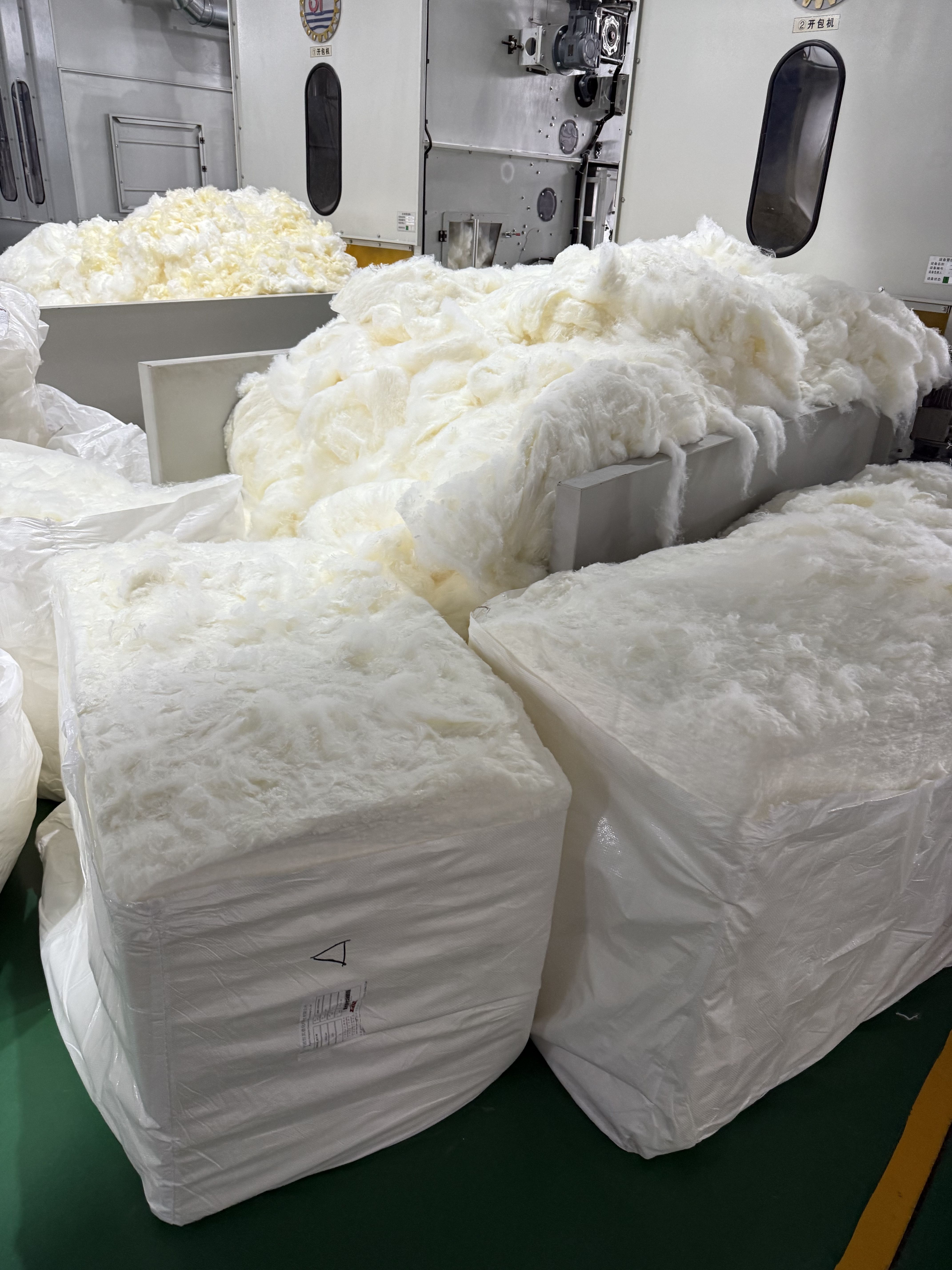
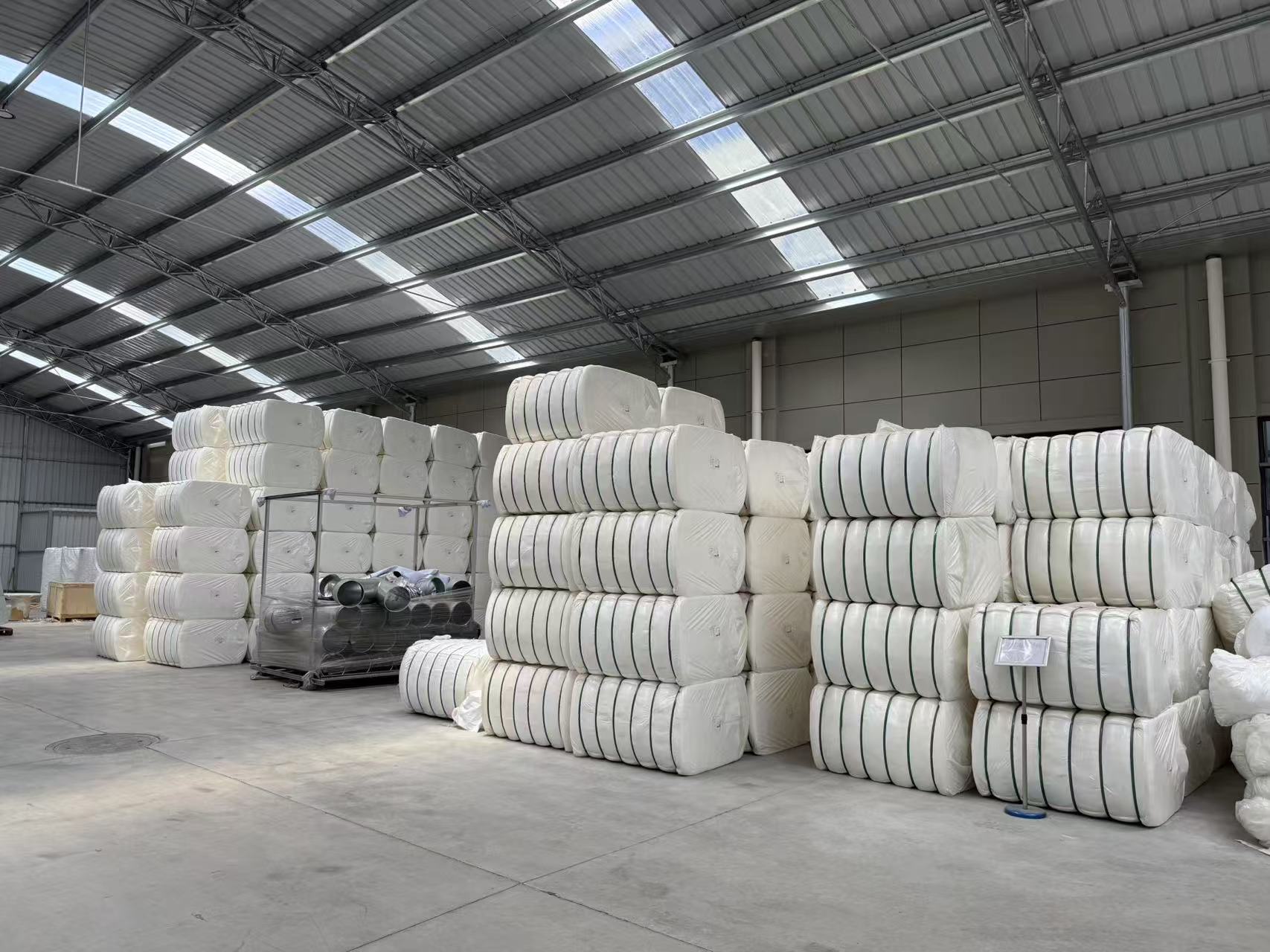
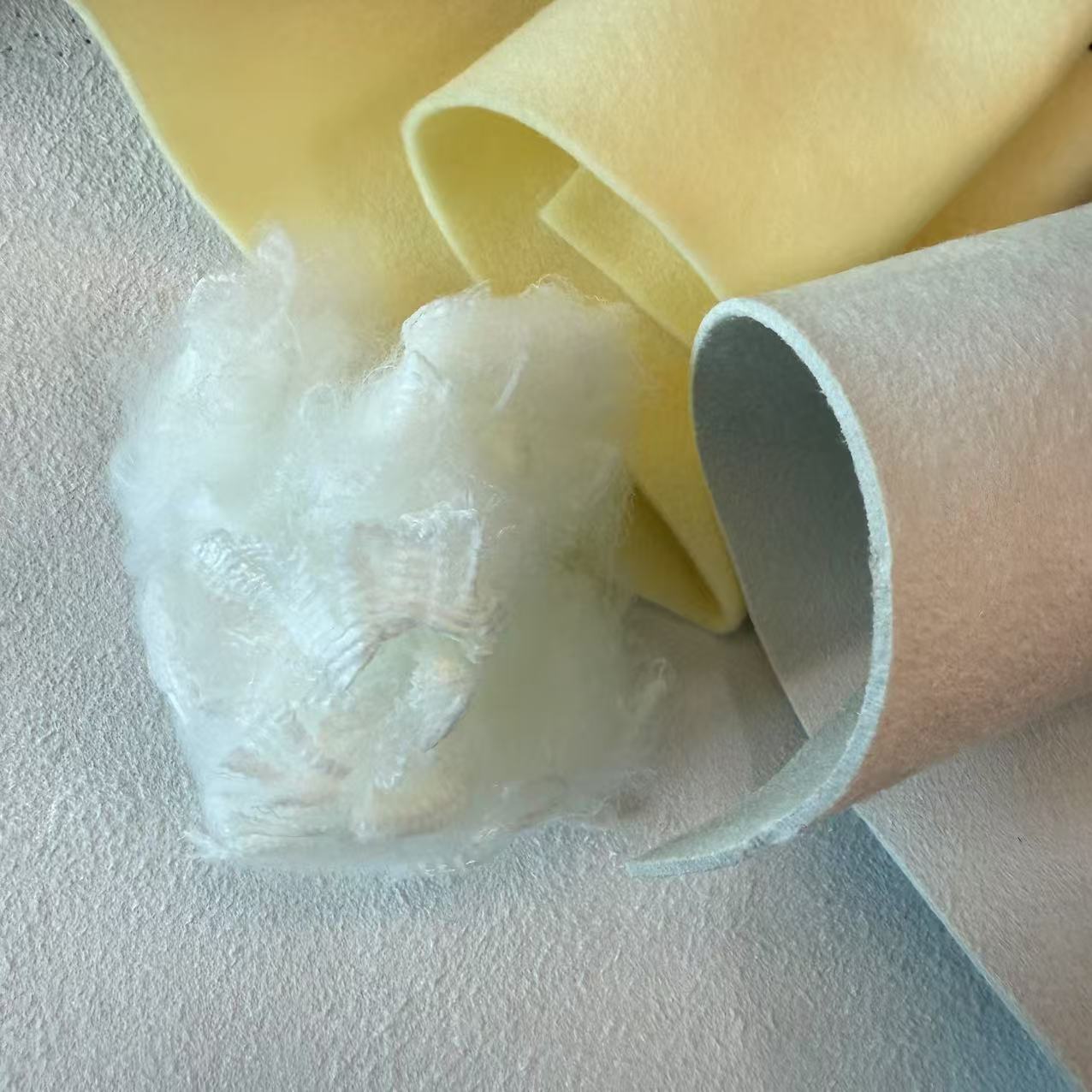
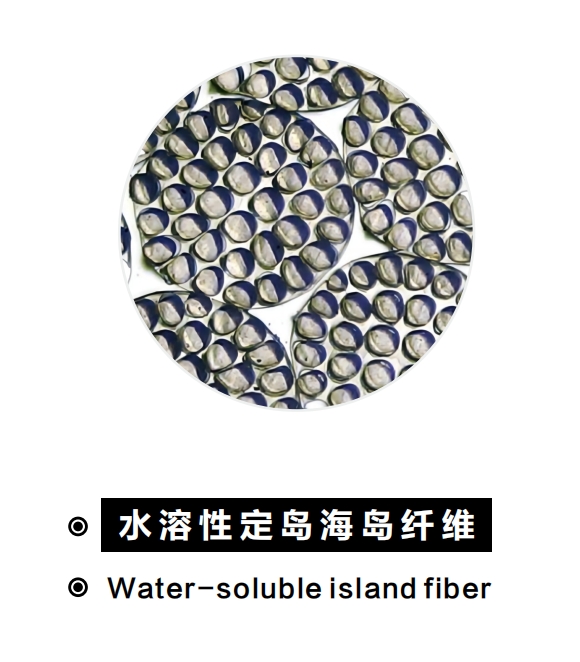
Unlocking Ultra-Fine Materials: The Island Fiber Technique
A prime example of this technology in action is the creation of island fiber composites. This process uses a technique known as "island-in-sea" spinning, where multiple fine, insoluble filaments (the "islands") are embedded within a matrix of water-soluble fiber (the "sea"). Once the fabric is woven or formed, it is washed. The "sea" component dissolves away completely, leaving behind a collection of exceptionally fine synthetic fibers that can be as small as 0.05 denier or even finer. The result is a material with an incredibly soft touch, luxurious drape, and high density, often mimicking the feel of natural suede or silk.
Common Types: PVA and PA6 Fibers
The success of this process hinges on the careful selection of polymers. Commonly, PVA fiber (Polyvinyl Alcohol) is used for the soluble "sea" component due to its excellent water solubility and film-forming properties. It provides the necessary support during the spinning and weaving stages before being cleanly washed away. The "island" components are typically made from durable polymers like polyester or nylon, such as PA6 fiber, which provide the final fabric with its desired characteristics of strength, resilience, and longevity. The combination of these distinct water-soluble materials with high-performance polymers is the key to this advanced manufacturing method.
A Step Towards Greener Manufacturing: Biodegradable Fibers and Reduced Waste
Beyond performance, the use of water-soluble materials offers significant environmental advantages. The production of ultra-fine fibers through this method is often more efficient and results in less waste compared to traditional mechanical splitting processes. In many closed-loop systems, the dissolved polymer, such as PVA, can be recovered from the water and reused for subsequent production runs, drastically reducing the overall environmental footprint. This aligns with the growing demand for sustainable manufacturing and the development of biodegradable fibers, making it a more responsible choice for forward-thinking brands aiming to create eco-conscious products without sacrificing quality or luxury.
From High Fashion to Medical Advancements: The Versatility of Soluble Fibers
The applications for textiles created using water-soluble fiber technology are vast and varied. In the fashion industry, they are used to produce high-end artificial leather, suede, and peach-skin fabrics known for their softness and premium feel. In home goods, these materials are perfect for plush upholstery and high-thread-count microfiber cleaning cloths. The technology also extends into technical and medical fields, where the precision of island fiber can be used to create advanced filtration systems, artificial blood vessels, and even dissolvable stitches. As material science continues to advance, the potential for these innovative synthetic fibers will only expand, promising a future of smarter, more sustainable, and higher-performing textiles.




